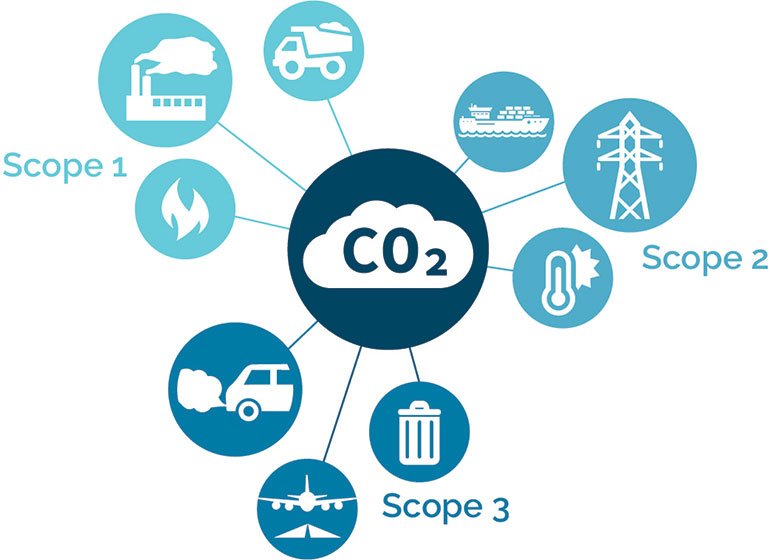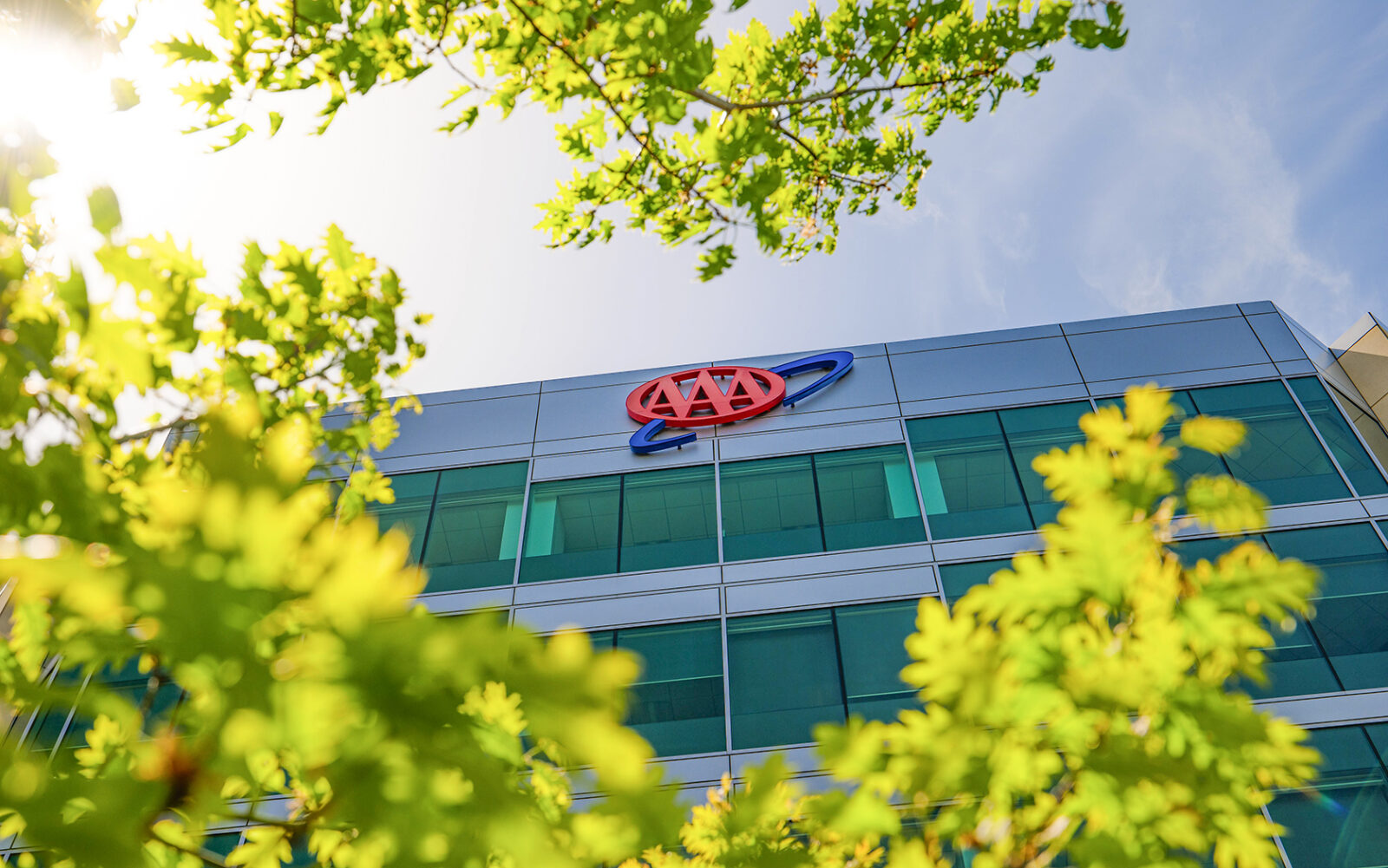Just a few years ago, ESA published a series of articles exploring “The Road to Carbon Neutrality.” And while the social and political climate we find ourselves in today has shifted, this work matters more than ever. Reducing emissions and achieving sustainability goals are no longer just environmental imperatives; they are also critical business strategies that bolster reputation, enhance operational efficiency, attract talent, and secure long-term viability in a rapidly changing world. ESA continues to work with corporate clients to set sustainability goals and ultimately reduce their emissions in a realistic and impactful way.
From understanding requirements and emissions sources to goal setting and undertaking reduction measures, our team uses a customized approach that aligns with each individual company’s mission and values.
Assess Regulations and Reporting Requirements
The first step for any company embarking on a sustainability journey is to understand the regulatory landscape. This involves identifying all applicable industry-specific reporting requirements and any emerging policies that could impact operations. Knowing what is legally mandated in terms of emissions reporting, waste management, and resource conservation will establish a foundational understanding of compliance obligations and set a baseline for future initiatives.
Determine Greenhouse Gas Emissions
Once regulatory requirements are clear, companies need to determine current greenhouse gas (GHG) emissions through a comprehensive GHG inventory. This involves systematically measuring and accounting for all sources of emissions across the organization’s value chain. A thorough inventory provides a quantitative understanding of the company’s carbon footprint, identifying major emission hotspots and areas for potential reduction. GHG emissions are typically categorized into three scopes:

Scope 1 Emissions: Direct emissions from sources owned or controlled by the company. Examples include emissions from company vehicles, manufacturing processes, and on-site combustion of fuels (e.g., boilers, furnaces).
Scope 2 Emissions: Indirect emissions from the generation of purchased electricity, steam, heating, and cooling consumed by the company. While the emissions occur at the utility provider’s facility, they are a direct result of the company’s energy consumption.
Scope 3 Emissions: All other indirect emissions that occur in a company’s value chain, both upstream and downstream, not covered in Scope 1 or Scope 2. This broad category can include emissions from employee commuting, business travel, waste generated in operations, purchased goods and services, transportation and distribution, and the use and end-of-life treatment of sold products. Addressing Scope 3 emissions often requires collaboration with suppliers and customers.
Implement Reduction Measures
With a clear understanding of its starting point, a company can set feasible and impactful reduction targets. Often, it is recommended to align these targets with recognized industry standards and frameworks, such as the Science Based Targets initiative (SBTi). SBTi provides a clear pathway for companies to reduce GHG emissions in line with the latest climate science and the goals of the Paris Agreement, ensuring efforts are truly meaningful in limiting global warming.
Once targets are established, a comprehensive plan for implementing reduction measures can be developed. This prioritizes actions based on the identified emission hotspots and the feasibility of implementation. Potential measures include improving operational energy efficiency, transitioning to renewable energy sources, optimizing supply chains, reducing waste generation, and promoting sustainable employee home offices and transportation. For Scope 3 supply chain related emissions, engaging with suppliers and customers to encourage and support their own sustainability efforts can be highly effective.
Spotlight: Property and Casualty Insurer Cuts Emissions by 50%
Over the past five years, CSAA Insurance Group has focused on setting and achieving its emissions reduction targets. The company has been leading by example in the insurance space by actively measuring and reducing its GHG emissions.
Process: After conducting a GHG inventory of CSAA’s complete Scope 1 and 2 emissions, as well as easily measurable Scope 3 emissions, CSAA leadership set a target to reduce emissions by 50% over five years. The next step was to determine the most impactful and feasible reduction strategies, prioritizing those that aligned with the company’s core values and addressed its primary emission sources. For example, employee work-from-home (WFH) energy use has become a critical focus for CSAA. Its “Go Green” benefit incentivizes employees to make low-carbon WFH energy decisions, including education on purchasing clean energy from their utilities.

Result and Next Steps: By working to reduce emissions from operational elements that CSAA had the most control over, the company was able to achieve its 50% reduction target earlier than planned. After successfully achieving the reduction target, CSAA leadership adopted new emission reduction targets that would further lower emissions in line with the latest climate science. Each year, the company conducts a new emissions inventory, informing new goal setting and reasonable continued reduction measures.
“As an insurance company, we see firsthand the impacts of climate change on our business. Increased frequency and severity of extreme weather and wildfire affect employees, customers and the communities we serve,” say Jami Goldman, Lead Sustainability Program Manager. “That’s why we work to understand and minimize our impact on our planet and climate. Last year, we embedded sustainability into everyday practice through decisions we made, strategies we built and actions we took, and we are committed to setting ambitious, achievable goals.”






